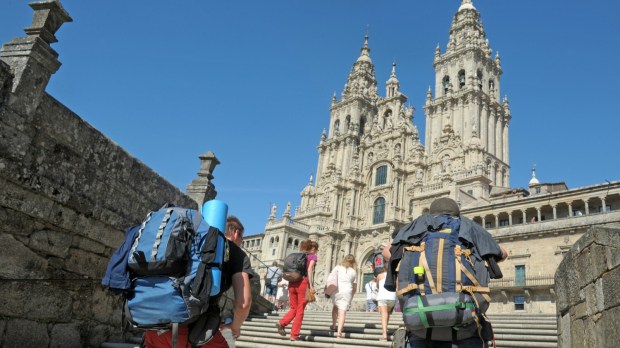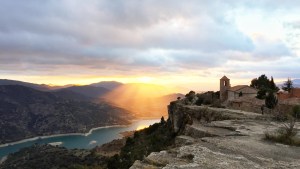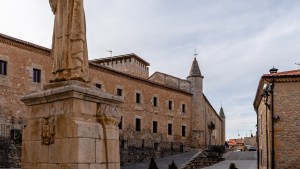The Embassy of Malta in Spain, together with the Malta Tourism Authority, Heritage Malta, and XirCammini (Malta’s official association representing the Camino de Santiago de Compostela), has announced that following months of work and collaborative effort, Malta is now connected to the world-famous Camino de Santiago de Compostela, the renowned ancient Spanish pilgrimage routes still used to this day, through the Camino Maltes. Also known as “The Way of St. James” among English speakers, the routes all lead to the Cathedral of Santiago de Compostela.
Maltese Christianity began in 60 AD, when Paul sailed in captivity across the Mediterranean in a Roman ship, as he was to be tried in Rome after being accused of preaching Christianity in Jerusalem. Thrashed by a storm, the ship capsized (Acts 27:27-28). What sounds like an unfortunate, almost tragic event turned out to be the birth of a 2,000-year, uninterrupted Christian Maltese tradition.
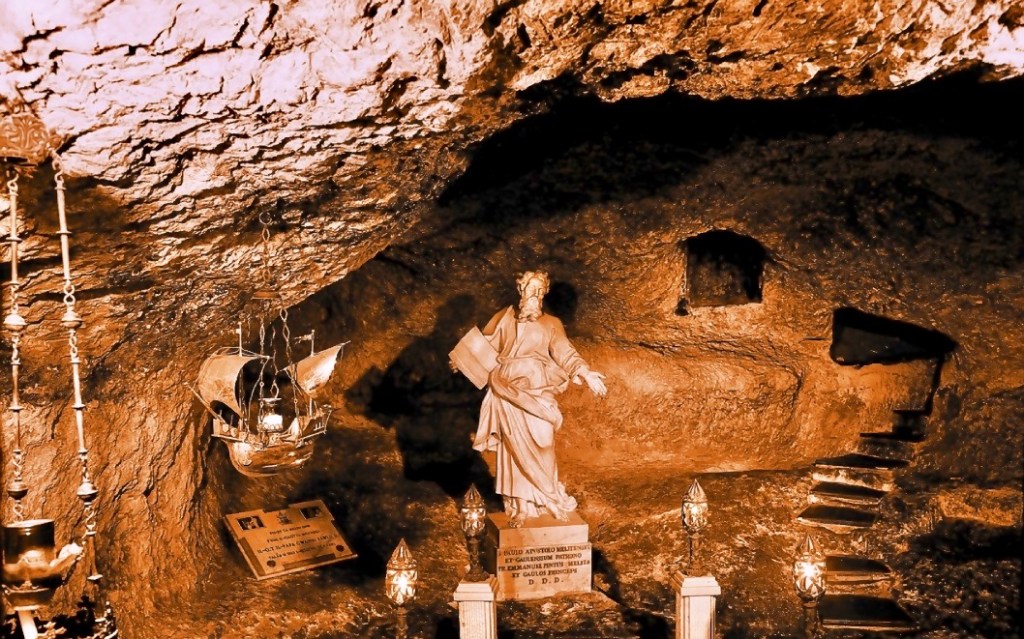
Being a maritime hub, Maltawas also inadvertently a place of transit for pilgrims, including those going to the Holy Land and to Compostela, Rome or elsewhere. In fact, there is also a 14th-century connection between Malta and the Order of St. James of Altopascio, in the form of documents written by King Frederick IV of Sicily on November 18, 1373.
Although the earliest Christian pilgrimages were to sites associated with the birth, life, crucifixion, and resurrection of Jesus, this later spread to other Loca Sancta (i.e., Holy Places) associated with the Madonna or early saints.
The following are some examples of how certain pilgrimage routes developed in medieval times:
- The pagan or Druid routes later adopted as Christian pilgrimages, such as the Callis Janus, along which the French route on the Camino de Santiago developed, or Monserrat in Catalunya, Spain, as well as the Tochar Padraig in County Mayo, Ireland.
- The Apostles, followed by the earliest missionaries such as Remigius, Patrick, Cathaldus, Aidan, Andrew the Scot, Augustine of Canterbury, Columba, Ninian, Willibrord and Boniface, Cyril and Methodius spreading the new faith among nations.
- Ascetics, hermits, reformers, philisophers and scholars whose way of life and teachings drew pilgrims to them. These included Hilda, Brigit, Kevin, Finbarr, Furvey, Finian, Venerable Bede, Jerome, Dominic de Guzman, Augustine of Hippo, Ignatius of Loyola, Francis of Assisi, Anthony of Padua, Cajetan, Thomas Aquinas and Catherine of Siena, among others.
- Martyrswho drew pilgrims to their place of martyrdom.
- Relics and religious art that during the 1st and 2nd millennia found a home in Europe (such as the remains of the apostle James in Galicia, Spain; the relics of apostle Bartholomew in Lipari; the sarcophagus of the Bishop Nicholas in Bari; and the Marian house of Loreto in Italy).
Old Roman, Frankish and Norman roads primarily across continental Europe also facilitated the spread of Caminos from the as far west as Great Britain, as far south as the Mediterranean islands, from the north even beyond the Rhine, and further to the east to present-day Asia Minor and Georgia. One finds among the oldest pilgrimage routes in Christianity the pilgrimage to the Holy Lands (then Palestine, Lebanon and Syria), Rome, Santiago de Compostela (especially as the Spanish Reconquista started gaining ground and the Crusaders also lost the Holy Lands). Today, over 50 routes across some 20 countries in Europe have been identified. UNESCO, the European Union and various national funds and initiatives have greatly aided the development of several of these routes, as they were increasingly recognized as unifying cultural and historical forces transcending even national boundaries.
Malta and St. James
Tradition claims that James preached the Gospel in 40 AD in the Iberian peninsula. He was the first apostle to be martyred and (again, according to tradition) his body was taken from the Holy Land to what was then Iliria Flavia. In 814 AD, Pelayo (a hermit) was following a guiding star when he was said to have discovered the tomb of St. James. Upon finding the bones of St. James, King Alfonso II ordered that a church be built there.
Malta’s connection with devotion to St. James grew mostly during the Aragonese (and later Spanish) rule in Malta and during the time of the Knights of St. John. There are altars and paintings dedicated to the saint in the cathedral and several churches on the island. One of the city streets during the time of the Knights was named after St. James and on the 25th of July the Knights of St. John held a procession from the church of St. James to the cathedral with relics of the saint. In the liber bullarum (records of the Order of St. John) there is also evidence of an early 17th-century credencial issued by Grandmaster Alof de Wignacourt to a hermit, Don Juan Benegas, who lived in St. Paul’s Grotto in Rabat and asked for permission to visit holy sites in Europe including “San Giacomo in Galitia.”
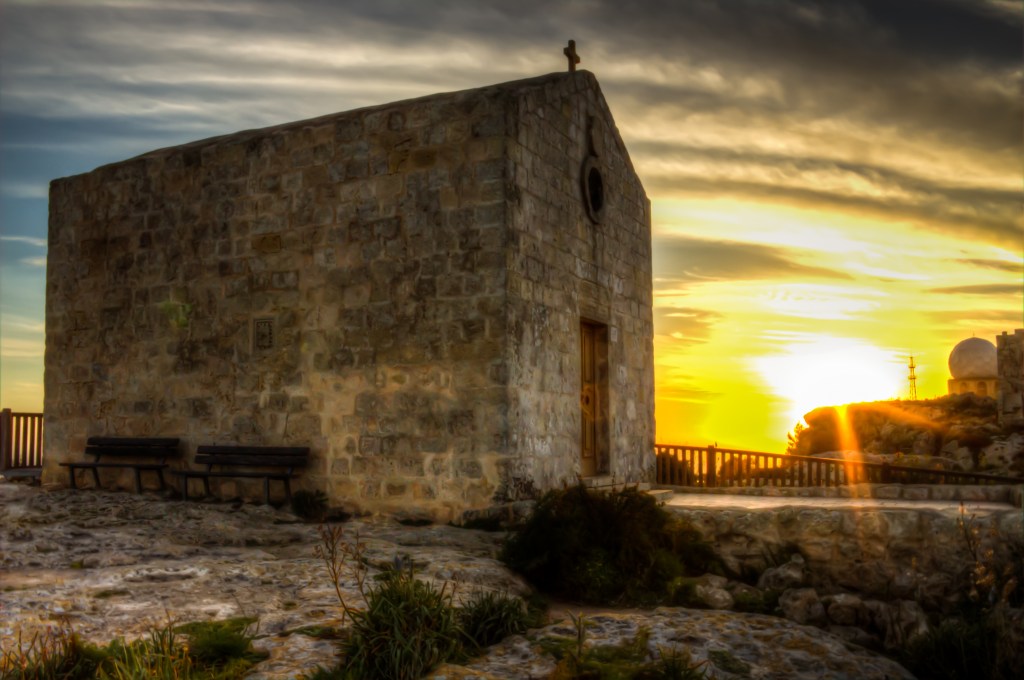
For the first time, the more than 1,000-year-old pilgrim route now includes the Camino Maltes de Santiago de Compostela (in short, Camino Maltes), which will soon be available for both local and international pilgrims to undertake by land and sea. The 3,600-kilometer Camino Maltes connects Malta to Sicily, Sardinia, Barcelona, and eventually Santiago de Compostela.
The Camino Maltes
The beauty of the Camino Maltes is that it is four Caminos wrapped into one.
The Maltese segment will be from Mdina/Rabat through some of the old villages and parishes that existed in the 16th and 17th centuries to Fort St. Angelo and across the harbor to Valletta, from where one takes the boat to Sicily.
In Sicily, from the port area, the Camino connects to Caltagirone (a city associated with devotion to St. James) and traverses the East of Sicily to the Sanctuary of St. James in Capizzi. From there the route continues mainly on Frankish roads to Palermo. In Palermo, one can take the boat to Cagliari.
From Cagliari the Camino continues on the route of the Camin St. Jacu of Sardinia through to Porto Torres in the North of the island. From Porto Torres, one can travel by boat to Barcelona. Once there a pilgrim would take the Camino Catalan all the way to Santiago de Compostela.
The Camino Maltes, which has been accepted and endorsed by the competent authorities on historical grounds, will provide a unique experience for pilgrims to revisit a route that dates to the 16th century. Moreover, the Maltese Camino complements the work of the Malta Tourism Authority in promoting Malta’s ancient Christian faith and supporting related entities and activities, thus expanding the Archipelago’s potential as an international hub for faith tourism.
More information may be found at the National Geographic Institute of Spain on: https://nco.ign.es/CaminoSantiago/, on https://xircammini.org/about/xircammini-projects/and, shortly, on www.CaminoMaltes.mt or by writing to information@XirCammini.org
